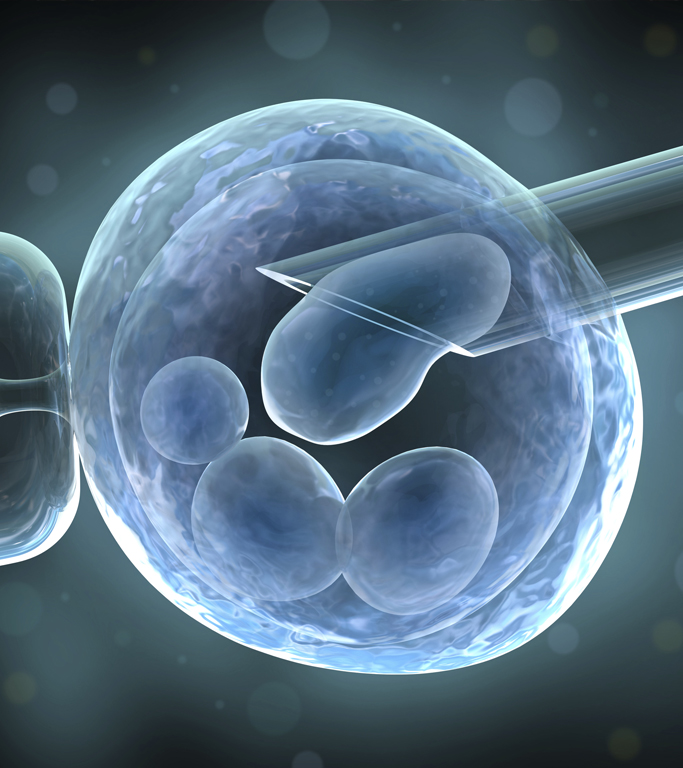Preimplantation genetic diagnosis (PGD) and preimplantation genetic screening (PGS) are two procedures that can be used to screen for genetic abnormalities in embryos.
PGD involves testing for specific genetic conditions that are known to run in the family. PGS, on the other hand, is a screening test that looks for a wide range of genetic abnormalities.
These procedures can screen for various genetic conditions, including Down syndrome, cystic fibrosis, and sickle cell anaemia. PGD and PGS are typically performed before in vitro fertilization (IVF) and can help to ensure that only healthy embryos are implanted into the uterus. These techniques can be used to screen for a wide range of conditions, including chromosomal abnormalities, genetic disorders, and single-gene defects.
What are the steps involved?
- PGD testing is conducted during the normal IVF process once the eggs have been extracted and fertilized and cell division has begun.
- When the embryos are 5 days old, a few cells are extracted using laser, and then the embryos are frozen safely.
- As part of the procedure, the specialist will examine the DNA of each cell to determine if any abnormal genes are present in any of the embryos.
- After the PGD has determined that the embryos are free of genetic disorders, they will be placed inside the uterus through IVF. The patient and doctor will then wait for the implantation to take place and for the pregnancy to be successful.
- Additionally, if the other embryos do not contain any genetic disorders, they will be safely frozen and can be used later.
- The embryos that have genetic disorders are destroyed.
- The development process takes about 5 days, followed by testing that takes about 2 weeks. Your doctor will discuss the results afterwards.
To know more, get in touch with our fertility experts today!
Schedule Appointment

